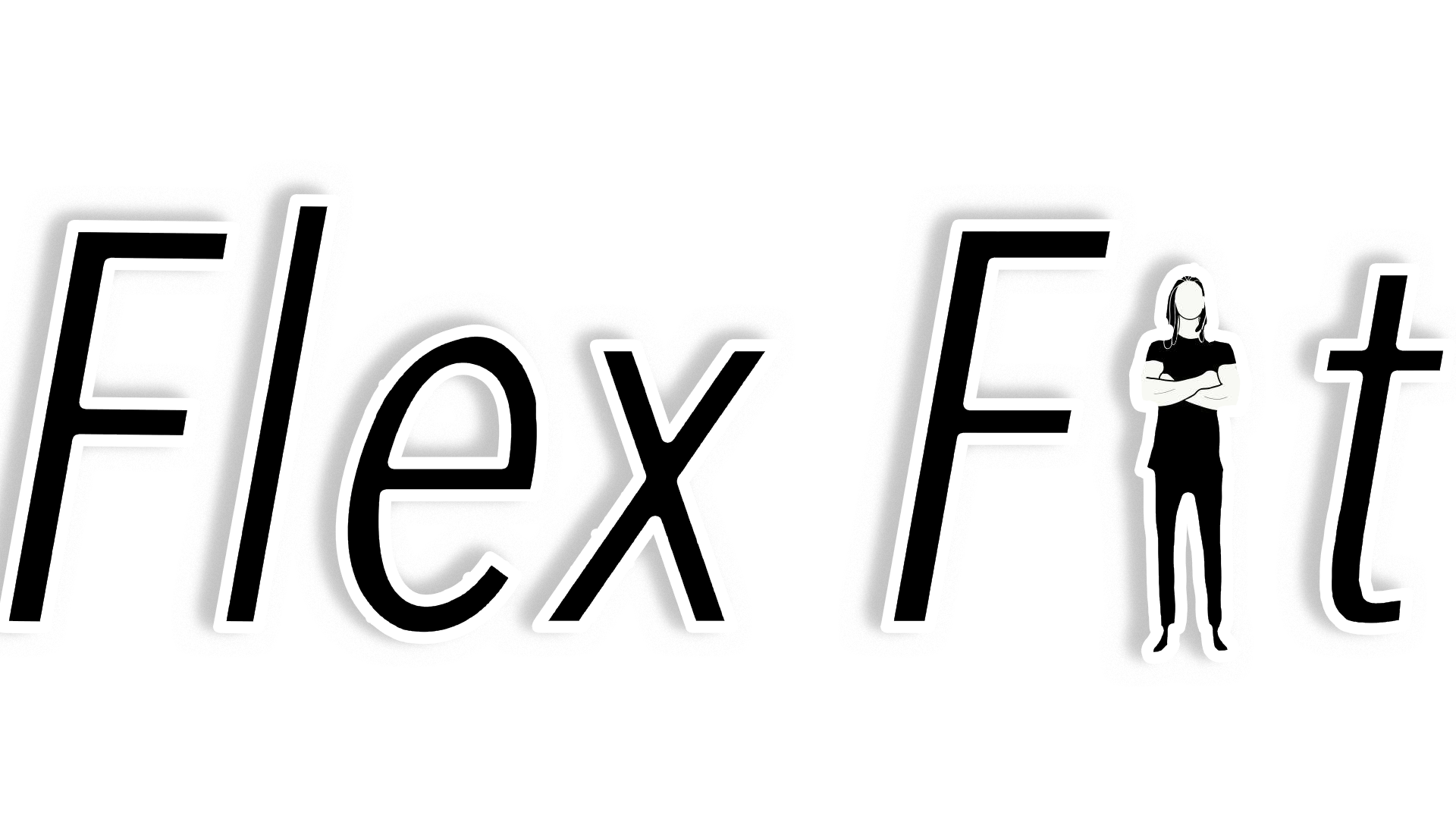Understanding how to read nutrition labels can help you make informed choices and lead to healthier eating habits. At the end of this post, you’ll find actionable tips to make smarter shopping decisions.
Why Reading Nutrition Labels Is Important
– Informs Your Choices: Nutrition labels provide essential information about the nutritional content of foods, helping you make healthier choices.
– Controls Portion Sizes: Understanding serving sizes can help you control portions and avoid overeating.
– Identifies Hidden Ingredients: Labels can reveal hidden sugars, fats, and additives that you may want to avoid.
– Supports Dietary Needs: Nutrition labels help you choose foods that meet your specific dietary needs and preferences.
Key Components of Nutrition Labels
- Serving Size: The serving size is the first thing listed on a nutrition label and indicates the amount of food typically consumed in one serving. All nutritional information on the label is based on this serving size.
– Tip: Compare the serving size to the amount you actually eat to understand the nutritional content you’re consuming. - Calories: This section shows the number of calories in one serving of the food. Calories provide a measure of how much energy you get from a serving.
– Tip: Pay attention to the calories per serving and how many servings you consume to manage your calorie intake.
- Nutrients to Limit: Nutrients like saturated fat, trans fat, cholesterol, and sodium are listed because consuming too much can increase the risk of chronic diseases.
– Tip: Aim to limit these nutrients in your diet. Choose foods with lower percentages of these nutrients per serving.
- Nutrients to Get Enough Of: Nutrients such as dietary fiber, vitamins, and minerals are listed because they are important for overall health and wellness.
– Tip: Look for foods that are high in these beneficial nutrients to support a healthy diet. - Percent Daily Value (%DV): The %DV indicates how much a nutrient in a serving of food contributes to a daily diet based on a 2,000-calorie diet.
– Tip: Use the %DV to determine if a serving of food is high or low in a nutrient. 5% DV or less is low, and 20% DV or more is high.
How to Use Nutrition Labels for Smarter Shopping
- Check the Ingredients List: The ingredients list shows all the ingredients in a product, listed in order of weight. The first few ingredients are the most abundant.
– Tip: Look for whole foods and minimal ingredients. Avoid products with a long list of unrecognizable ingredients. - Watch Out for Added Sugars: Added sugars can appear under various names like high fructose corn syrup, cane sugar, and dextrose.
– Tip: Choose products with little to no added sugars to reduce your sugar intake. - Compare Similar Products: When shopping, compare the nutrition labels of similar products to choose the healthier option.
– Tip: Look at the serving size, calories, and nutrient content to make an informed decision. - Pay Attention to Serving Sizes: Serving sizes can be misleading, especially if the package contains multiple servings.
– Tip: Calculate the total nutritional content based on how much you actually eat. - Focus on Whole Foods: Whole foods like fruits, vegetables, whole grains, and lean proteins often don’t have nutrition labels because they are naturally nutritious.
– Tip: Incorporate more whole foods into your diet for better health.
Actionable Steps for Smarter Shopping
- Make a Shopping List: Plan your meals and snacks ahead of time and create a shopping list based on healthy choices. Stick to your list to avoid impulsive purchases.
- Shop the Perimeter: The perimeter of the grocery store typically contains fresh, whole foods like fruits, vegetables, dairy, and meats.
– Tip: Spend most of your shopping time in these sections for healthier options. - Read Labels Before Buying: Take the time to read nutrition labels before purchasing packaged foods. Look for healthier alternatives with better nutritional profiles.
- Avoid Marketing Gimmicks: Be cautious of marketing terms like “natural,” “low-fat,” or “gluten-free” that can be misleading.
– Tip: Always read the nutrition label and ingredients list to verify the health claims.
- Stay Educated: Continuously educate yourself about nutrition and healthy eating. Stay updated with reliable sources and seek advice from nutrition professionals when needed.
Conclusion
Understanding how to read nutrition labels is a valuable skill that can help you make smarter shopping decisions and support a healthier diet. By following the provided tips and actionable steps, you can confidently choose foods that meet your nutritional needs. Stay informed, read labels carefully, and enjoy the benefits of healthier eating!
Lexinton Forbes
Certified Personal Trainer
www.lexforbes.com
Sources
National Institutes of Health – Personalized Nutrition: https://www.nih.gov
Journal of Nutrition and Metabolism – Genetic Testing and Nutrient Absorption: https://www.hindawi.com/journals/jn
American Journal of Clinical Nutrition – Biomarkers and Nutritional Assessment: https://academic.oup.com/ajcn
Journal of Personalized Medicine – Benefits of Customized Supplements: https://www.mdpi.com/journal/jpm

